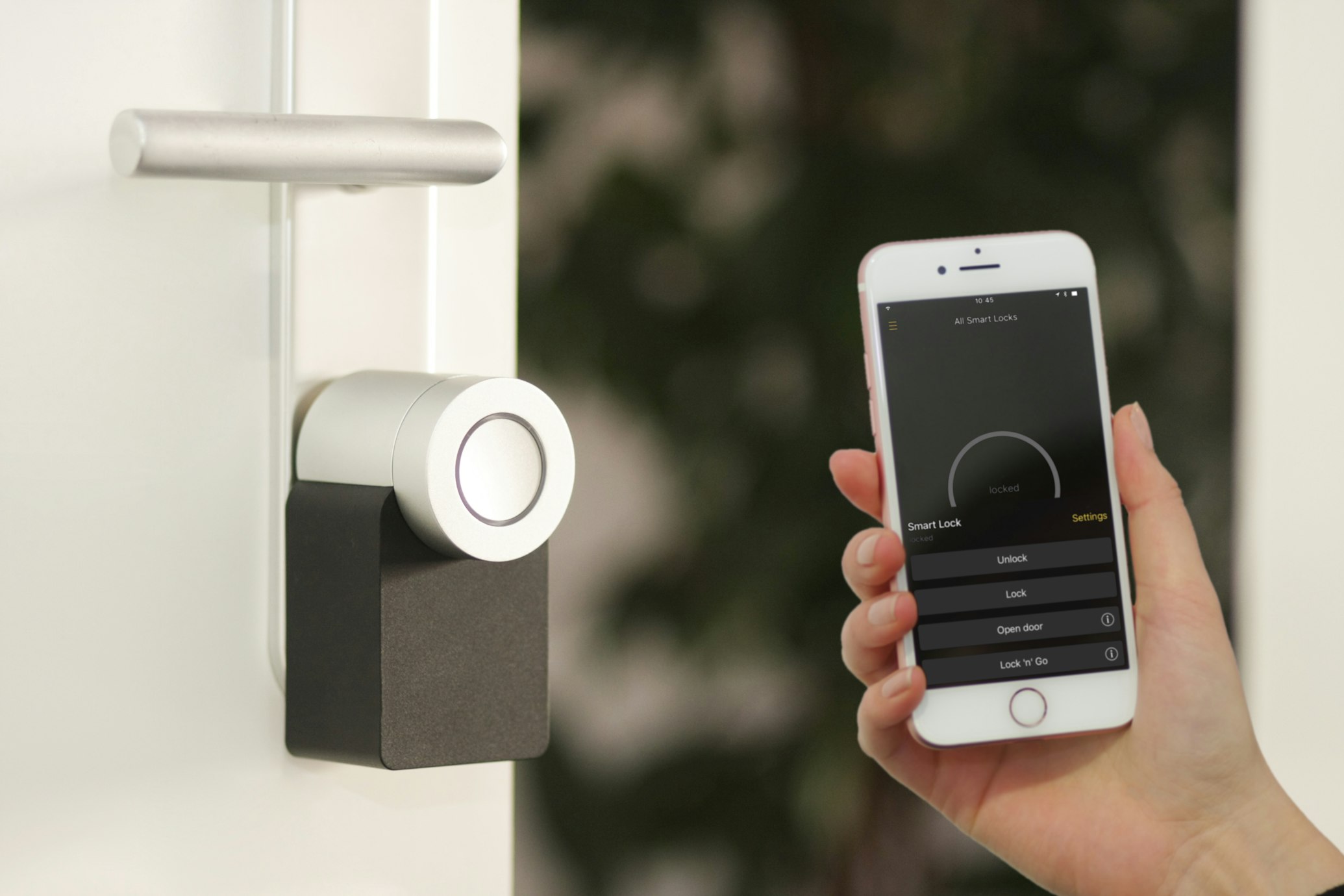Pro Tips to Acquire and Manage Property Remotely
Managing a property portfolio is challenging at the best of times, whether you have one property or ten. But when you add distance into the mix, it becomes even tougher.
You might own property in another city to maximise your down payment and get more for your money, or you might travel a lot and be unable to visit properties in person very often.
Whatever your situation, there are ways to acquire and manage real estate remotely with ease, from working with third parties to utilising software, that will make your life that bit easier.
Set up online maintenance tools
Maintenance of your property is tough when you’re not physically close by. But landlords can make the most of rental maintenance management software that makes it easier for tenants to submit maintenance requests at a time that’s convenient to them.
Remote landlords can look at any photo or video attachments sent over to determine the work required and evaluate how best to handle the issue without needing to be there in person. And they can send requests to trusted vendors and tradespeople to deal with the problem, tracking the progress through to completion. Providing you use reliable tradespeople, it’s a convenient and simple way of making sure the properties in your portfolio stay well maintained and up to the right standard.
Having a relationship with suppliers who can operate remotely is a huge advantage. For example, if your property has a garage, having a company like A1 Garage on-call in case of any issues with the garage door can be invaluable.
Work with a broker
Before you can acquire a property, you need to get your finances in order and run the numbers to understand precisely what you can afford. The real estate market is always changing and knowing what you can afford at the time of looking will help you narrow down your search.

Working with a mortgage broker over dealing directly with a bank will give you broader access to lenders and an overview of the market trends, as well as assisting you with any complexities to your situation, such as if you’re applying with bad credit or if you’re a contractor, which can make being accepted for a mortgage harder. It’ll make the acquisition process much smoother – something that’s certainly worth the investment during what is always a complex and stressful situation.
Use digital signatures to close remotely
Electronic signatures can often be used instead of in-person signatures, with the added benefit of convenience – especially when you’re handling a purchase remotely. Advances in technology, and developments in the legal system, mean that buying remotely is more attainable than ever.

Your agent will send over the contract and any documents required, you can sign them using an e-signature system and they’ll be passed back to your agent. Your attorney still needs a physical signature, so the agent works with them and will pass on any necessary documents before closing, so buyers don’t need to be in the same physical location for the transaction to be completed.
Install a comprehensive security system
Once you’ve found your dream property and gone through the legalities to secure it, you need to start protecting your investment before you begin the process of finding tenants. But when you’re managing a property remotely, you need to make the most of technology if you want to avoid security breaches.
Safewise explains, “In an attempt to minimize expenses, you might be tempted to terminate your home security monitoring service. That’s a mistake. No matter what kind of neighborhood or community your home is located in, it’s a prime target for vandals and thieves.“

Home security systems have come a long way, and there are options for all budgets which enable landlords to monitor their properties from any location while it’s vacant.
Smart security systems can also be used for the outside of the property for peace of mind for both landlords and tenants, preventing break-ins and damage to the property. But investors also need to consider safety within the property, such as carbon monoxide detectors which have digital alerts and smart locks which make self-showing easier.
Screen and verify tenants
Tenant verification is essential to ensure your property will be inhabited by someone suitable who will take care of it and pay on time. It involves verifying income and credit history to check they can afford the rent each month, as well as their criminal background to prevent taking on troublesome tenants who may lead to legal complications and a poor reputation for your property portfolio.
Most tenant screening services can be carried out over video conferencing software, so you don’t need to interact with the tenant directly but check fair housing laws before you begin this process.
Set up online contract management tools
When onboarding new tenants remotely, it is important to provide a digital audit trail of the tenancy creation and signature process to prove your compliance should anything go wrong. Contract management platforms help streamline the generation and signature of tenancy agreements and can prove you gave all the prescribed information to your tenants. Moreover, online contracts offer a more transparent and professional experience to your tenants which means they are more likely to read the contracts and understand their obligations.
Set up digital payments
Collecting rental payments can be tricky when you’re handling real estate remotely. But it’s an essential task and finding ways to ease the process and make it more convenient for everyone is key.
A digital payment strategy that automates rent collection, through a system like ClickPay or something similar, can reduce the hassle for both parties, which will accept payments in various forms such as debit, credit or bank transfers.
With online transfers, you can ensure the money will land in your account each month on the agreed date, without you needing to collect it in person or deal with paper checks. It streamlines the process through automation and makes it easier for everyone involved.
Final thoughts
Owning property in another region isn’t an easy task, but it’s certainly possible and is made much easier by forward planning and utilising tech. There are always challenges to overcome, but making sure the security and maintenance of the property are handled properly, and that you have thoroughly vetted each tenant before they move in, can put your mind at ease. It’s not always possible or practical to buy property where you live yourself.
With these tips, you can make your money go further and enjoy better rental yields without needing to be in the location permanently.



